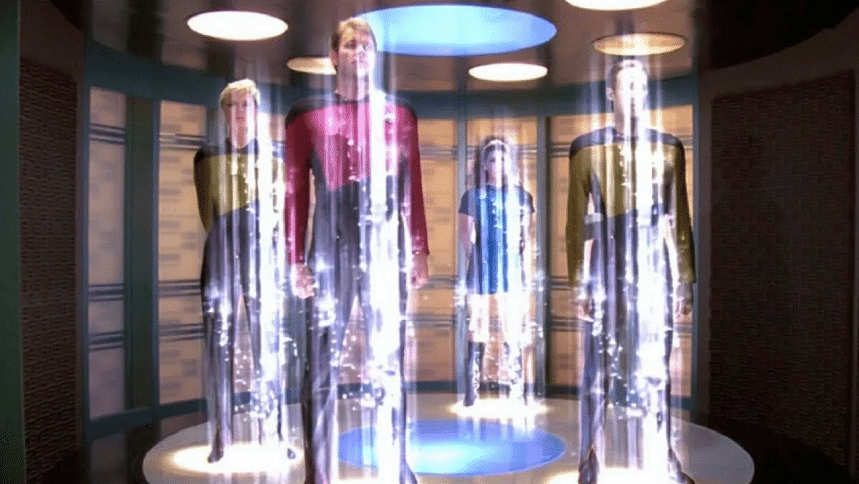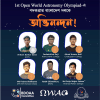Teleportation is now possible—but not how you think

For decades, teleportation has been the stuff of fiction and fantasy. But in a lab at the University of Oxford, researchers have pulled off a real-world version—using quantum physics to "teleport" critical operations between distant quantum computers.
How it works
The method, called 'quantum teleportation', doesn't move physical objects. Instead, it instantly transfers quantum information—like the state of a particle—across a network using a phenomenon called 'entanglement'. Think of entanglement as a cosmic "link" between particles: change one, and its partner changes instantly, no matter the distance.
In this experiment, scientists connected two trapped-ion quantum computing modules, nicknamed Alice and Bob, separated by two meters. Using photons (light particles) as messengers, they entangled ions in each module. This entanglement allowed them to teleport a quantum gate—a fundamental operation in quantum computing—from one module to the other with 86% accuracy.
The experiment: "Beaming" logic gates
Quantum computers rely on logic gates (like AND/OR in classical computing) to perform calculations. The Oxford team teleported a 'controlled-Z (CZ) gate', which links two qubits (quantum bits), enabling complex computations. Here's the kicker: the gate wasn't physically sent. Instead, the entangled photons acted as a bridge, allowing the gate to "appear" in the distant module.
To prove it works, the team ran Grover's algorithm—a search tool exponentially faster on quantum computers—across both modules. The system found the correct answer 71% of the time, a milestone for distributed quantum computing.
Why this matters
Today's quantum computers are small and error-prone. Linking modules into a network could solve two key problems. The first is scalability; Instead of building one massive quantum chip, this method will allow the connection of smaller modules. The second benefit is error resistance, i.e. photon-based networks avoid signal loss, a major hurdle in quantum systems.
However, there's a catch. While groundbreaking, the system isn't flawless. The speed is a key problem, as generating entanglement took ~103 milliseconds per attempt. Furthermore, the teleported gate's 86% accuracy lags behind top-tier labs (99%+).
But the team is optimistic. If properly implemented, this method of 'quantum teleportation' can help in a variety of complex tasks, including examining fundamental physics, more than the current scope.
What's next?
The study hints at a future where quantum modules—using different technologies (trapped ions, superconductors)—are linked via photonic networks. Imagine a hybrid quantum web where calculations span continents, unharmed by distance or hardware differences.
So while we won't beam humans anytime soon, Oxford's work brings us closer to a world where data teleports at the speed of light—no starship required.
The research article, titled 'Distributed quantum computing across an optical network link', was published in the science journal Nature on February 5, 2025. You can find the full study here.

 For all latest news, follow The Daily Star's Google News channel.
For all latest news, follow The Daily Star's Google News channel. 








Comments